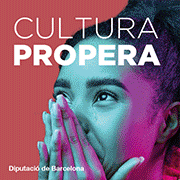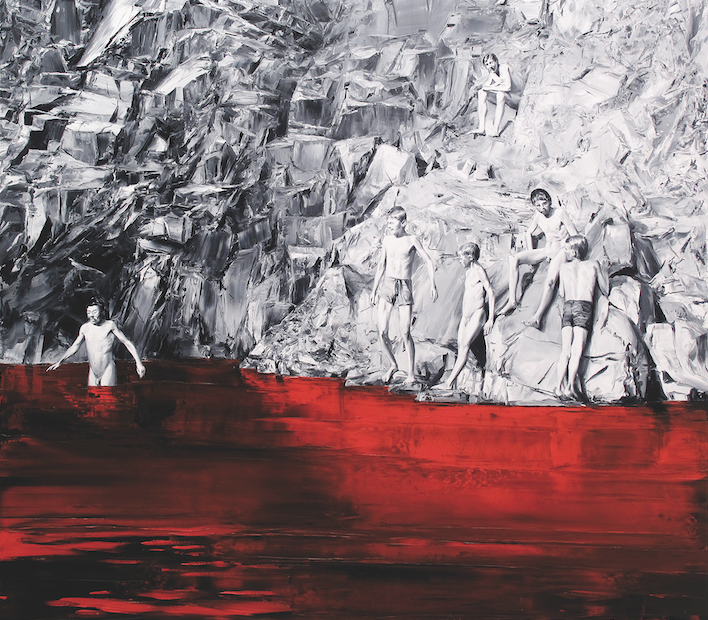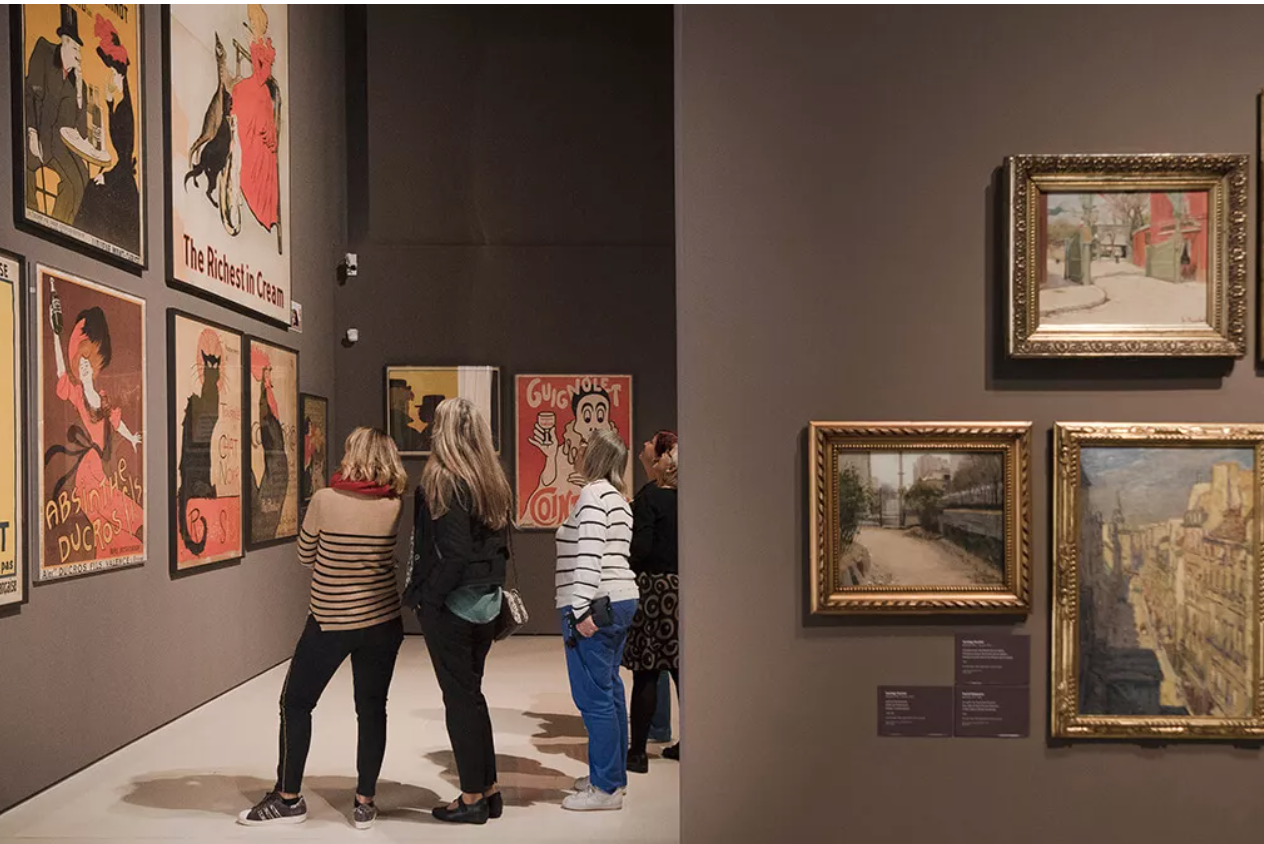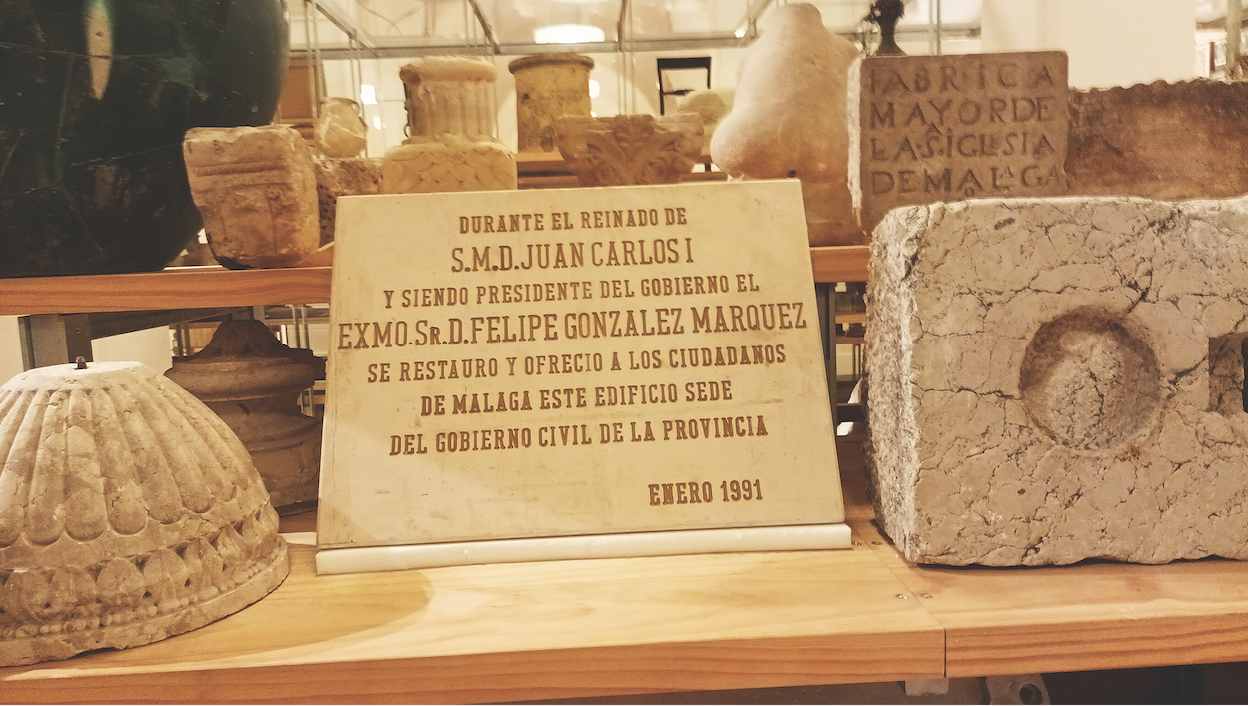Opinion
About "Maternasis"
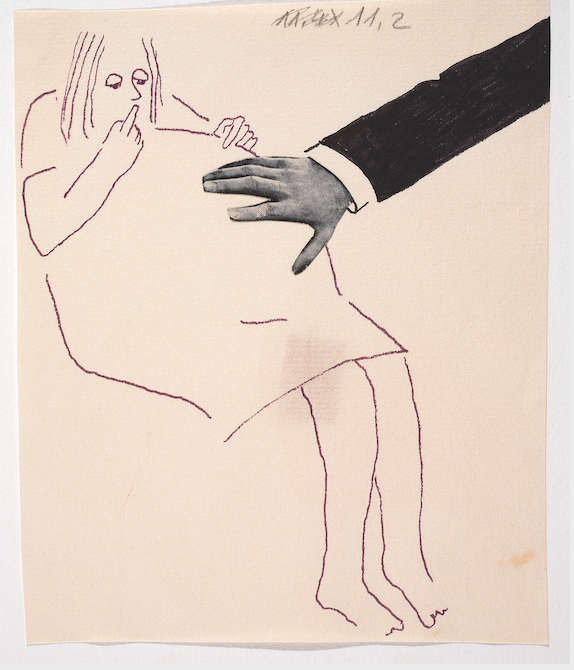
A few years ago, the National Art Museum of Catalonia (MNAC) promoted the construction of the post-war and second avant-garde art collection (1940-1980) with the aim of incorporating it into the permanent collection. the art of the period that embraces the post-war period and the Franco dictatorship until the recovery of democracy and the beginnings of postmodernity. It was a question of correcting historical grievances and making visible the work of a series of creators who have traditionally been forgotten in the stories of the great museums of our country.
This process, successfully conducted by Àlex Mitrani, curator of contemporary art at the museum, highlights some past exhibitions such as Liberxina, pop and new artistic behaviors , 1966-1971 (2018-2019), based on the artistic proposals that emerged in Catalonia in the late sixties, and Intrusive Dialogues. Everything is present (2020-2021), which included works by the Suñol Foundation, belonging to the second avant-garde, in order to make them dialogue with historical pieces from the MNAC collection.
The acquisition of pieces made by creators is another step in this company of renewing the museum's narratives. In fact, this is one of the priorities for the configuration of the collection of post-war and second-avant-garde art, which has recently included works on motherhood and the female body, such as the paintings Woman with Her parts (1968), by Roser Bru, and Self-portrait pregnant (1966-1967), by Mari Chordà; the sculpture Mère (1959), by Parvine Curie, and the series of collage drawings that gave shape to the book Maternasis (published in 1967 by Kairós), by Núria Pompeia. Precisely, the Pompeii project gives title to the exhibition that, from April 21 to September 25, rediscovers the work of these creators.
Fed up with seeing motherhoods elaborated, throughout history, by male artists, this time shows pregnancies seen and experienced by the women themselves, from different styles and aesthetics. From the transformation of the body that engenders a new life, as an intimate and transcendent experience, to the stupor of the mutated belly, which brings together the illustrations of Pompeii, in which, with an ironic gesture and simple stroke, he demystifies - in the full effervescence of feminist vindication - the gestation process. Multiple and heterogeneous motherhoods, far from stereotypes, that shape the collection and at the same time enrich and advance the museum's story.



